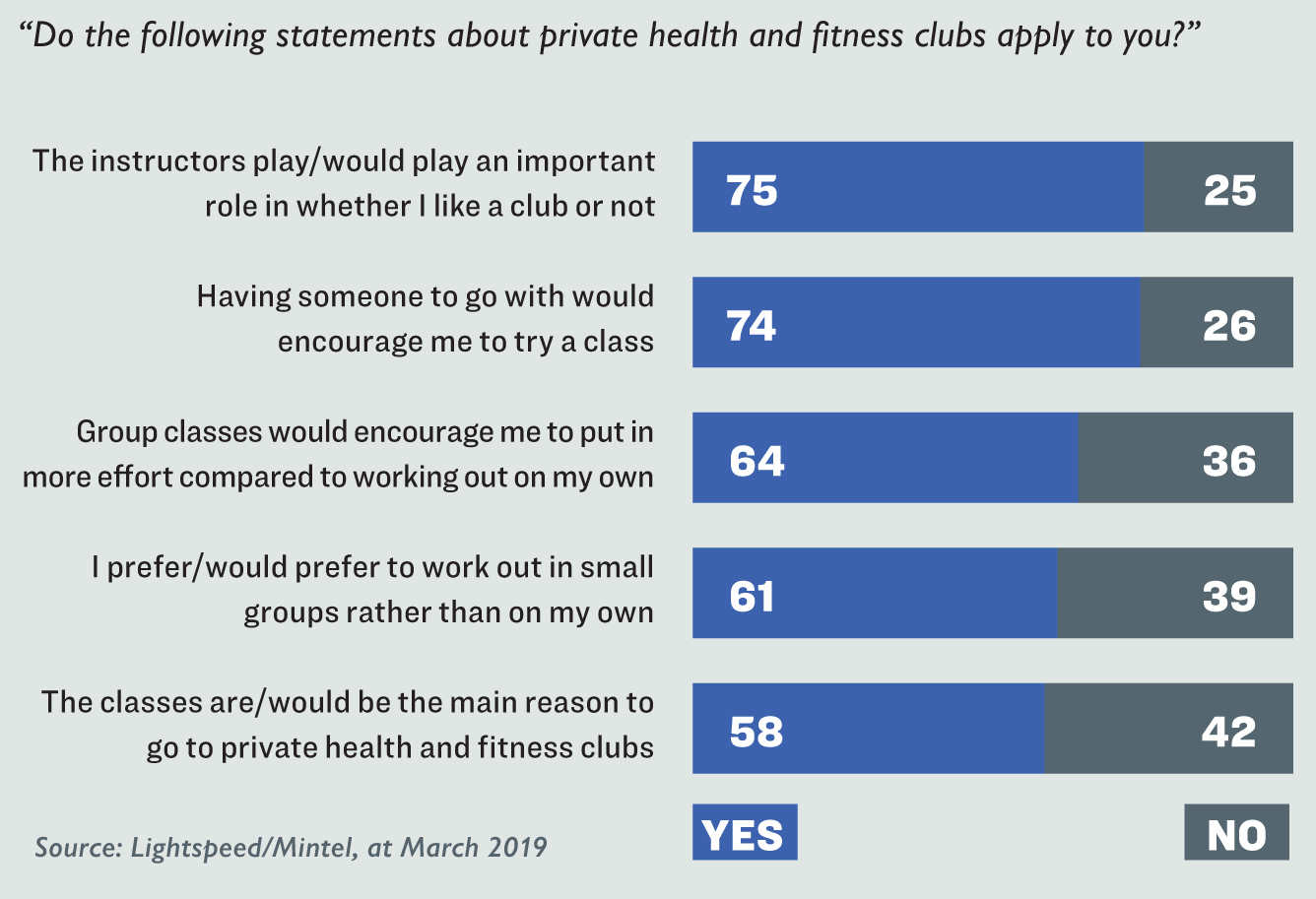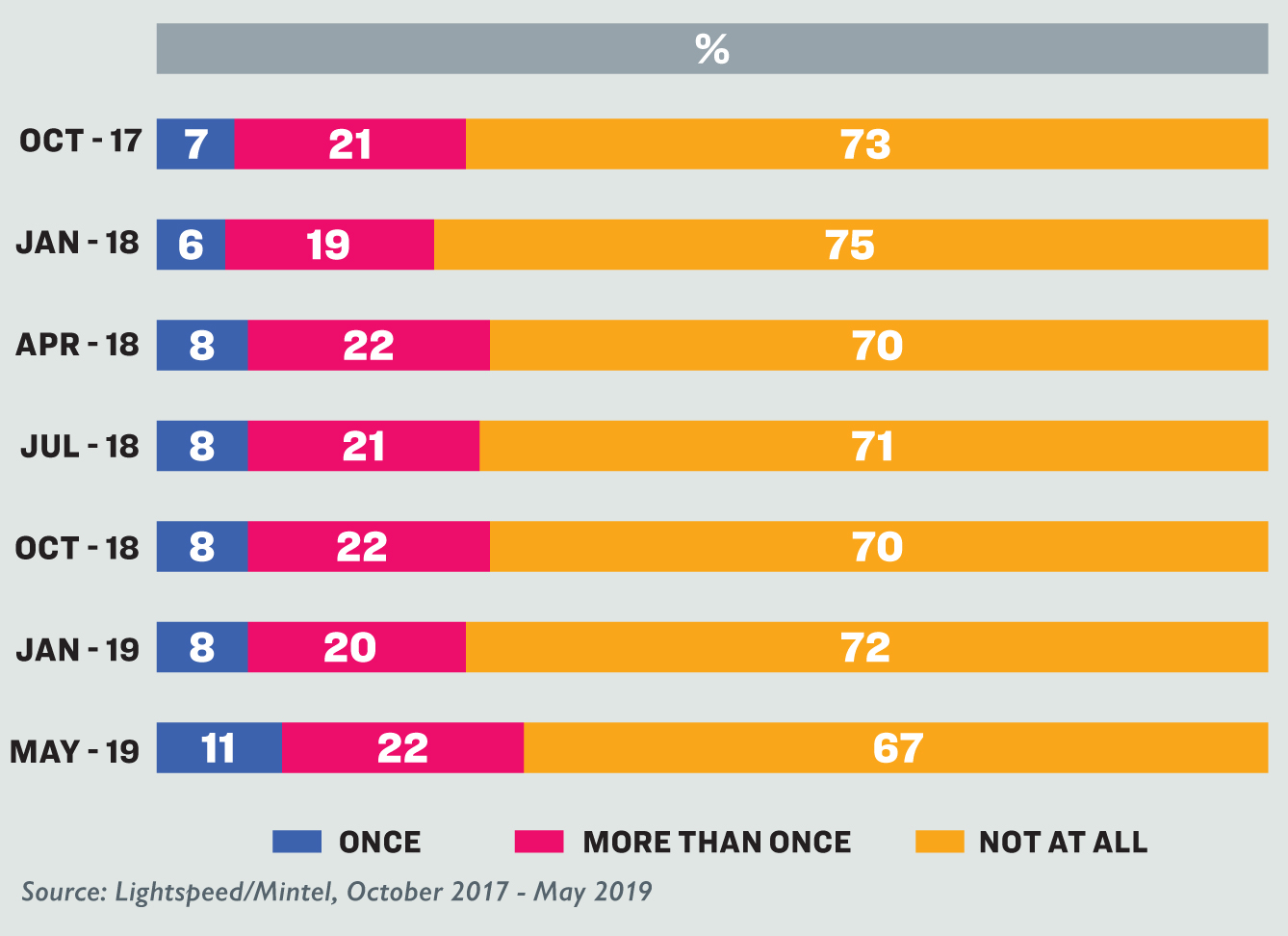According to new research from Mintel, the number of people in the UK with a private gym membership has risen by 15 per cent over the past five years – from 5.3 million in 2014 to 6.1 million in 2019.
The UK Health And Fitness Clubs Market Report found increases over the past 12 months helped grow the total revenue registered by private health and fitness clubs to nearly £3.4bn during 2019 – an increase of 4.1 per cent on 2018.
“The rise of lower-cost options and increased number of locations has made private gyms an accessible form of leisure, while a greater focus by consumers on healthier living and exercise is also providing a boost to the sector,” says Lauren Ryan, Mintel leisure analyst.
“The convenience of more options close to work and home, with more flexible off-peak options available from the leading brands, has boosted demand, while competition has driven prices down.
“However, while membership numbers will continue to increase, competition will drive down average fees and limit revenue growth over the next five years.”
To get the report, go to HCMmag.com/mintel


























































